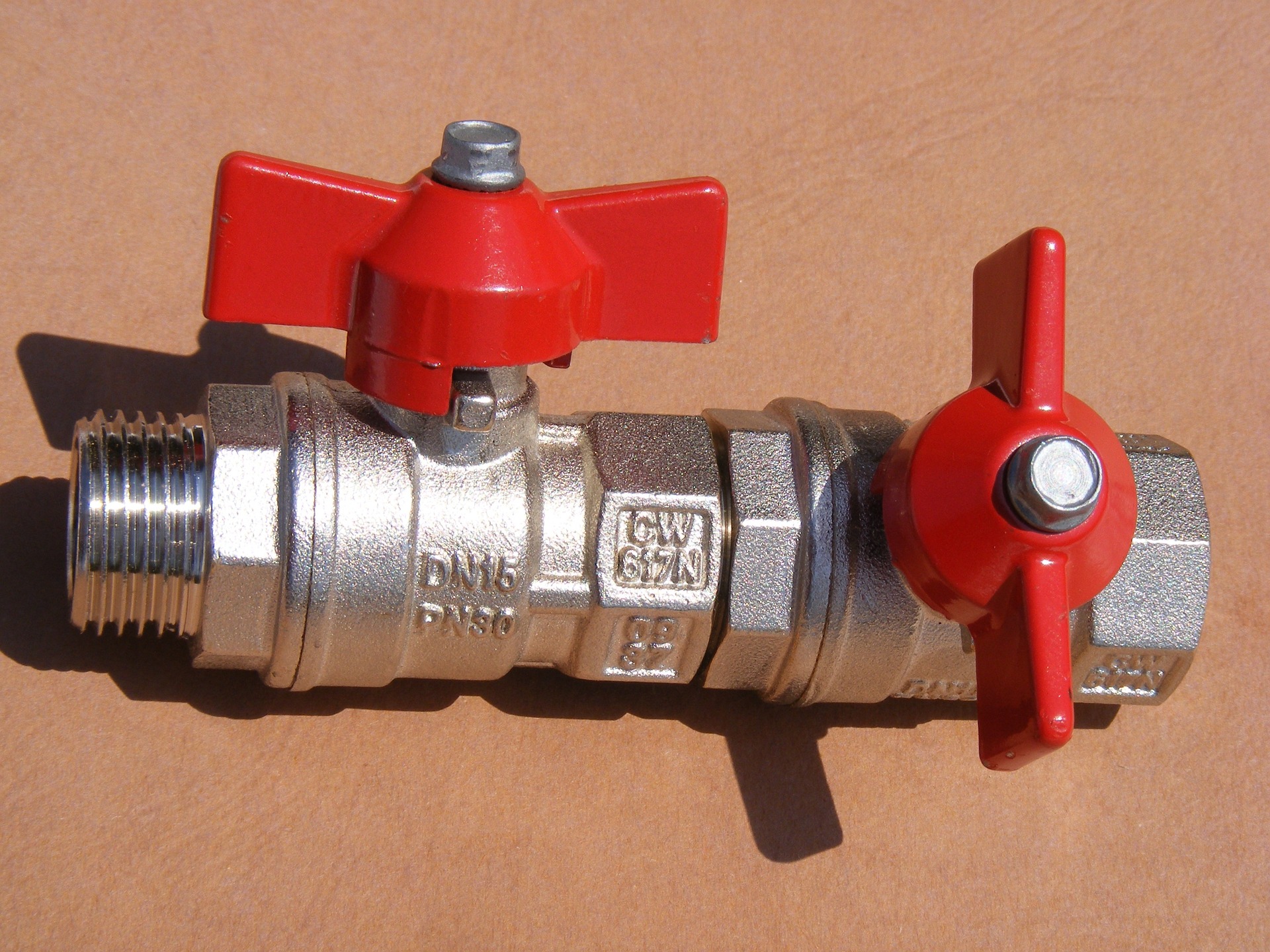Table of Contents
Valves are mechanical devices that control the flow of liquids, gasses, and other fluid materials in various applications. They can be used to start, stop, or regulate the flow of fluid. They are commonly found in industrial, commercial, and residential settings.
Many different types of valves that can be purchased from PCI are used depending on the specific application and the characteristics of the fluid or gas being controlled.
1. Ball Valves
These consist of a round ball with a hole through the center controlled by a handle or lever. When the handle is turned 90 degrees, the ball rotates to align the hole with the flow path, allowing fluid or gas to pass through, and when it’s turned in the opposite direction, the ball rotates to block the flow path, stopping the flow of fluid or gas.
2. Butterfly Valves
These consist of a circular disc mounted on a shaft that rotates inside a pipe to open or close the flow path. When the handle or lever is turned 90 degrees, the disc aligns with the flow path, allowing fluid or gas to pass through, and when it’s turned in the opposite direction, the disc rotates to block the flow path, stopping the flow of fluid or gas.
3. Check Valves
These are designed to allow fluid or gas to flow in one direction while automatically stopping the flow in the opposite direction. This process is accomplished by using a spring-loaded disc, or a ball, that is pushed open by the forward flow and closes when the flow stops or reverses.
4. Gate Valves
These consist of a gate or wedge raised or lowered to open or close the flow path. The gate is typically a solid metal piece that slides up and down within the valve body to control the flow.
5. Globe Valves
These consist of a disk or plug raised or lowered to open or close the flow path. The disk or plug is attached to a stem connected to a hand wheel or actuator. As the hand wheel or actuator is turned, the stem and disk or plug move vertically, opening or closing the flow path.
6. Pressure Reducing Valves
These reduce and maintain consistent pressure within a fluid or gas system. These valves automatically adjust fluid or gas flow through the valve to maintain a desired set point pressure. As the pressure in the system increases, the valve will open to allow more flow, and as the pressure decreases, the valve will close to restrict flow.
7. Pressure Relief Valves
These are used to protect a system or equipment from overpressure. These valves are designed to open and release pressure when the system pressure exceeds a certain set point.
8. Solenoid Valves
These are controlled by an electric current and consist of a solenoid, an electromagnet, and a valve body containing a movable core or plunger. When the solenoid is energized, the magnetic field created by the current causes the plunger to move, opening or closing the valve. When the solenoid is de-energized, the plunger returns to its original position, closing the valve.
The Importance of Valves
1. Safety
These protect equipment and systems from overpressure or backflow, which can cause damage or failure. They also prevent the release of dangerous fluids or gases, which can be a safety hazard to people and the environment.
2. Efficiency
These are used to control the flow of fluid and gas, which allows for the efficient operation of a system. These valves can start, stop, or regulate the flow of fluid, which can help optimize a system’s performance.
3. Cost-effective
These are used to isolate sections of a system, which can save money by reducing the need for maintenance and repair. These valves can also be used to control the flow of fluid and gas, which can help to reduce energy costs.
4. Versatility
These are available in a wide range of sizes and types, which can be tailored to suit the specific requirements of a particular application. The flexible use of valves allows for a wide range of industrial, commercial, and residential applications.
5. Durability
These are designed to withstand high pressure and temperature and are made from durable materials to ensure long-lasting performance.
Conclusion
Valves are an essential component of fluid and gas systems, as they control the flow of liquids and gases. They play a crucial role in ensuring the safe and efficient operation of various industrial, commercial, and residential applications.



